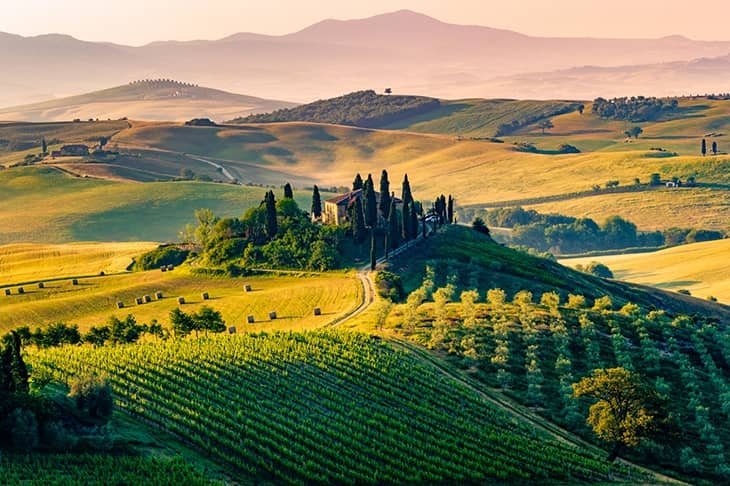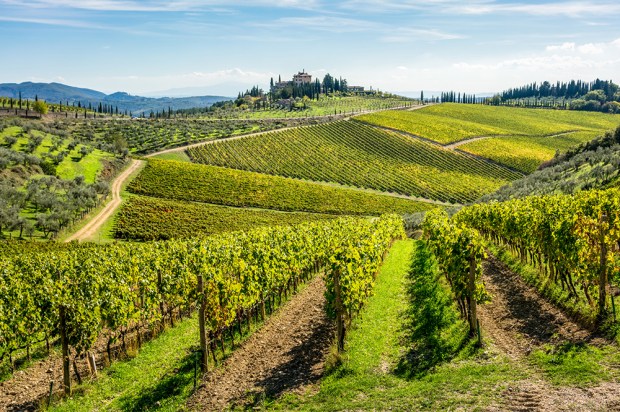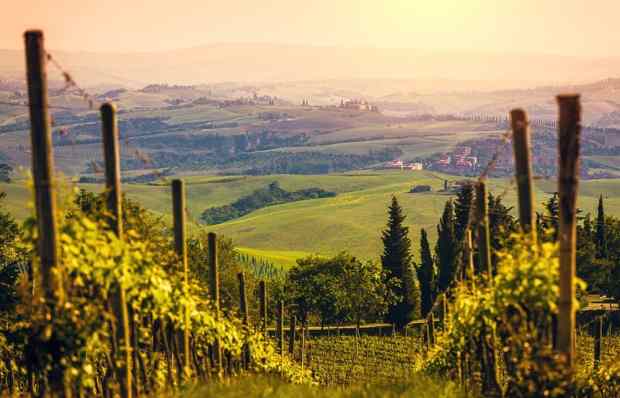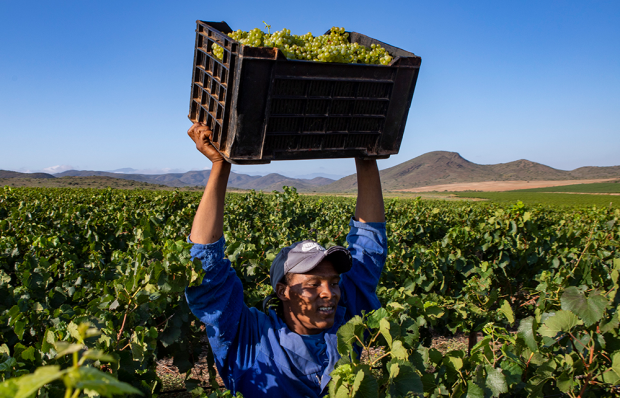The inhabitants of Tuscany and Umbria can claim to be the most civilised beings on the planet, even exceeding the Afrikaners and the Ulster Prods. In the farms, villages and hill towns, there is an easy understanding of life’s pleasures, naturally including food and drink. One might describe it as prelapsarian, except that Adam and Eve did not drink wine – which surely justifies the Fall. Well done, that serpent.
It is easy to imagine the course of events on a typical morning in a typical village. Lorenzo has decided to visit the dottore. His wife has been nagging him about his liver, insisting he cuts back on grappa. What nonsense, as he is sure that the dottore will confirm. But when he arrives at the surgery, the nurse is oddly evasive. It appears that her boss has been summoned for an urgent consultation.
Oh well, he will have to make do with theavvocato, who also handles his tax affairs. The two men always agree it would be positively sinful to send money to Rome, to be embezzled or squandered by those rogues who infest the government. Dopo Firenze, Africa. But there is no sign of the avvocato either. Although Lorenzo may have had a good evening last night – assisted by grappa – he can still add two and two. Also, gentle cooking smells from Beppe’sristorante are beginning to enliven the air.
Sure enough, there are the two professionals, doing justice to a glass of Trebbiano Spoletino, a regional white hard to find elsewhere. The locals need it all for themselves. On the principle of ‘if you can’t be treated by them, join them’, Lorenzo pulls up a chair.
A Tuscan once asked me how to translate ‘dolce far niente’ into English. Allowing myself a departure from the literal, I offered two versions: ‘Begone, dull care’ or ‘Move to Tuscany’. Amused enough to continue the questioning, he wondered what the English word was for ‘gigolo’. ‘That’s easy’ I replied: ‘Italian.’
Tuscany is full of wine-growing families who have cared for their vineyards over long centuries. Some even claim Etruscan roots. By those standards, Donatella Cinelli Colombini is positively nuova. Her family have been connected with the wine business only since the late 16th century, principally around Montalcino. Today, that delightful town is best known for Brunello. Nowadays, it is thought of as one of the best expressions of Sangiovese but that was a 20th-century development, encouraged by a number of excellent wine-makers including the Sestis, who have been mentioned here – and Donatella.
In the late 1990s, she decided to strike out on her own. Needing a winemaker, she made contact with the university departments which train oenologues. She was curtly informed that good winemakers were in great demand. She might find herself waiting for months. Desperate to avoid delay, she enquired if a female wine-maker might be available. She was told that there were such creatures who would undoubtedly be available, because no one would employ them.
Not only did she find an excellent female winemaker, she employed an all-girl team and called the vineyard Casato Prime Donne. They make excellent wine. The other night, I had the pleasure of sampling some bottles in an appropriate location: St John’s Gate, the largest surviving relic of the medieval Knights of St John, who owned vast tracts of London, from Knightsbridge to St John’s Wood, before Henry VIII seized the assets.
We started with a Rosso di Montalcino ’17, the second wine of Brunello, but thoroughly well-made: full of structure and fruit. We moved on to a range of Brunellos: ’05, ’07, ’12 and ’17. They were subtle and sophisticated, with length and harmony. Tasting them led to a irresistible conclusion. It was time for a visit to the Prime Donne.
Got something to add? Join the discussion and comment below.
Get 10 issues for just $10
Subscribe to The Spectator Australia today for the next 10 magazine issues, plus full online access, for just $10.
You might disagree with half of it, but you’ll enjoy reading all of it. Try your first month for free, then just $2 a week for the remainder of your first year.















Comments
Don't miss out
Join the conversation with other Spectator Australia readers. Subscribe to leave a comment.
SUBSCRIBEAlready a subscriber? Log in